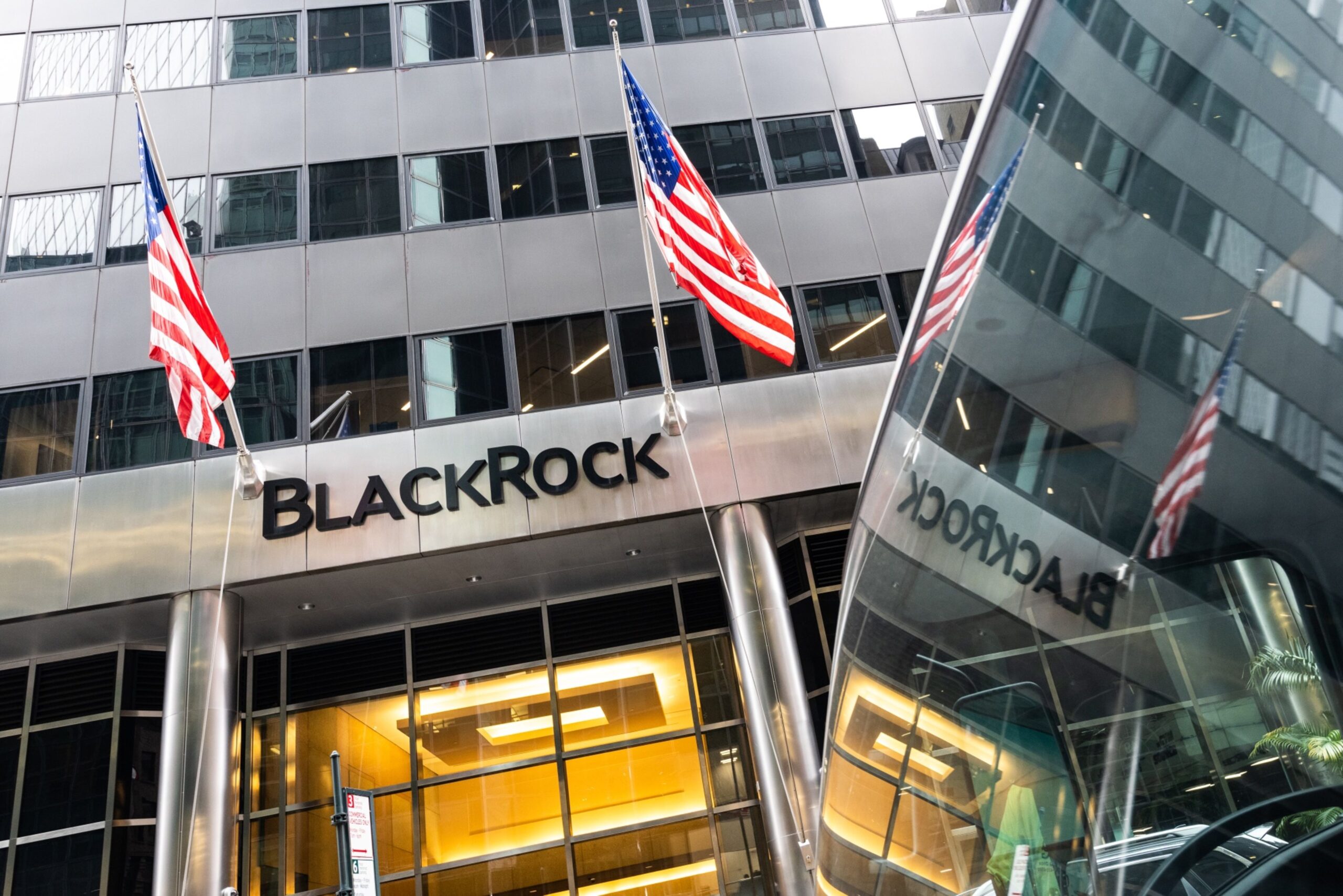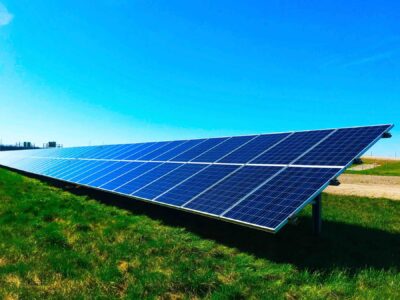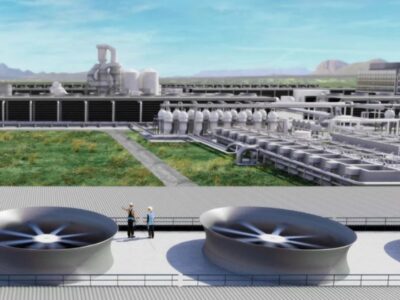(Bloomberg) —
Investors are turning to some thematic exchange-traded funds to hedge against inflation and take advantage of the renewed performance of value stocks this year, according to Jay Jacobs, US head of thematics and active equity ETFs at BlackRock Inc.
Jacobs joined the “What Goes Up” podcast to discuss how the firm is sizing up investing opportunities amid an uncertain economic outlook. Below are condensed and lightly edited highlights of the conversation. Click here to listen to the full podcast, or subscribe on Apple Podcasts or wherever you listen.
Q: What are some of the hot thematic ETFs of the year?
A: Within the thematic space, it’s been really interesting. Over the last three, four years, a lot of leadership in the thematic space has been around disruptive technology. It’s been looking at things like cloud computing during the pandemic when we were all working from home, it was around genomics and biomedicine when we were trying to figure out the vaccine situation and testing. But now it’s really pivoted, especially as we’ve seen broader shifts within the market from growth to value. People are looking for more themes that are in the value space, especially themes that we think are going to be more resilient in this high inflationary environment.
So we’ve seen a lot of interest in infrastructure as a theme. We’ve seen an incredible amount of interest in food-related themes, especially as we’ve seen inflation at the supermarket. And then also we’ve seen interest in clean energy as a play on inflation, as well as some of the most recent news out of Washington. So we’re seeing, again, this shift — it’s not just about disruptive tech anymore. We’re seeing themes that are playing a little bit more in that value end of the spectrum as investors look for long-term structural trends, but those that can still do well in this different environment than we’ve been in.
Q: And those different themes are for this inflationary environment, right? Could you maybe walk us through those key themes and why they work in today’s world?
A: A lot of it has to do with what are the underlying companies in this theme and why do we think that it’s going to benefit in an inflationary environment. So starting with infrastructure, a lot of infrastructure asset owners — companies that run airports, run toll roads, run seaports, or utilities companies — they literally get to change their tolls based off of CPI. So that is a natural built-in business hedge for inflation. When inflation is higher, they get to raise their rates, especially if their regulated rates are tied to CPI. And that just neutralizes those businesses from an inflation perspective.
What’s also happening in that space is you have a lot of money coming into infrastructure from the Infrastructure Investment and Jobs Act. So there’s a lot of build-out of infrastructure that, frankly, these companies don’t have to pay for, or they get tax credits or other benefits to build out this infrastructure, which is helping. And then finally, when we think about the economic environment that we’re in, infrastructure tends to be very non-cyclical. So if we start to see a recession, or if the economy slows down, people still turn on the lights, they still use their ovens, they still pay their water bills. And so not only does it have this inflation component, but there’s also a defensive component within this theme which is giving people that sweet spot of, we don’t know if there’s a recession, we don’t know how long inflation’s going to be around, and we also want to participate in long-term structural growth. Inflation really hits on all three of those points.
The second theme that we are really excited about from that inflation perspective is ag-tech and food innovation. And I’ll be honest, this is a theme that we thought was really going to be playing out over the next 20 years. We took a step back and we said, the world’s arable land is pretty much limited, there’s a finite amount of land in the world. If anything, that has been shrinking due to changes in the climate and more floods and more forest fires, which is making arable land somewhat shrink. But on the demand side of the equation, we’ve seen a rising emerging-market consumer, which is spending more money on food and more complex foods like proteins and dairies. We’ve seen a growing global population, which will reach 10 billion people by the year 2050. And we’re seeing a change in food preferences where people are increasingly demanding sustainable food.
So just looking at that, we were believing that over the next several decades, we were going to have this supply and demand imbalance around food that would create food inflation. Of course, that’s been pulled forward 20 years earlier than we expected because of conflict in Eastern Europe, which has brought a lot of wheat offline, because of general global supply-chain disruptions, which has made it more difficult to ship food around the world. So we’re seeing food inflation, we’re seeing it in really powerful ways, but we also have these solutions that are already out there with ag-tech, like precision farming, precision watering, reduced use of chemicals, more resilient crops, and that is getting accelerated by this environment.
And then the third theme is clean energy where we’ve seen that a lot of the cost in clean energy is really in the initial build out. You build out a solar farm, you build out a wind turbine. That cost is mostly up front. Yes, there’s some servicing that’s ongoing, but a lot of those costs are basically fixed compared to more traditional forms of energy production, where you’re constantly paying for fuels. So in an inflationary environment where you have rising commodity prices, upfront payment of a lot of those costs tends to be beneficiary. So those are the three segments we think really are in the sweet spot of inflation, but also how these long-term tailwinds.
–With assistance from Stacey Wong.
© 2022 Bloomberg L.P.





